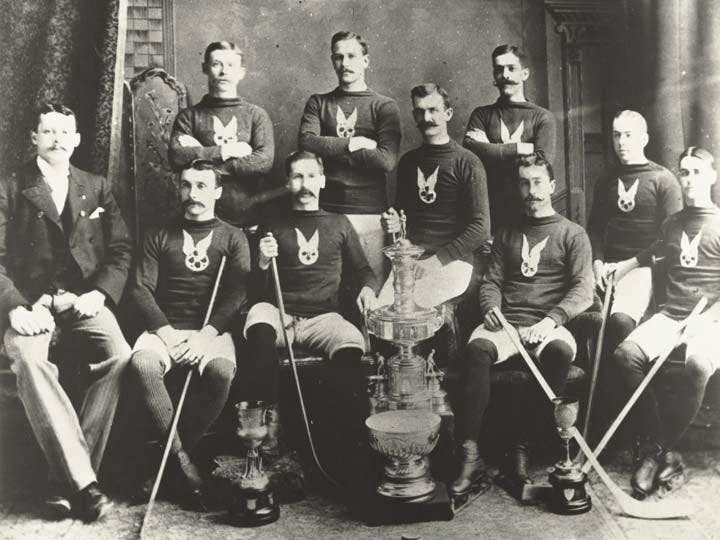Can Teams Win By Taking Higher Quality Shots?

Shot quality is a hot-button issue among people who spend time trying to learn about the game of hockey through statistical analysis.
Intuitively, we all know that shot quality exists. A quick blast from center ice immediately prior to a line change is far less likely to score than a superstar taking a shot on a breakaway. The question, then, isn’t whether shot quality exists – we know it does – but whether teams can use it to help them win games.
Defensive shot quality is hard to measure because of goaltending effects. If Boston posts a better save percentage this season than Columbus, we can’t say that it’s strictly a matter of their team playing better defense or a brilliant coaching stratagem – because Tim Thomas and Steve Mason are very different goaltenders. Various methods of measuring shot location to split defensive performance from goaltending performance remain problematic and unproven.
That problem, however, doesn’t exist when we look at team offense. A team’s shooting percentage tells us exactly how likely they were to score on any given shot. Therefore, if certain teams in the league are better than others at taking quality shots, it’s something that should show up when we look at their records from year-to-year.
Naturally, we’d want to level the playing field – some teams get more power plays or penalty kills, some teams spend more time in 4-on-4 situations, etc. To get a really even idea of what teams are good at taking quality shots, we’d only want to look at 5-on-5 game play – it’s the most common situation, the area where coaching and overall team ability should be most evident.
If we go back to 2010-11, the best team in the league at converting their shots was the Philadelphia Flyers. In 2009-10… they were the 27th-best team in the league. The Capitals were the best team in the league in 2009-10, and they fell all the way to 23rd in 2010-11. In fact, the average finish of a team that leads the league in shooting percentage in the previous and prior years is 14th overall in the NHL. Interestingly, the average finish of a team that finishes last in the league in shooting percentage in the previous and prior years is also 14th overall.
Still, those are just examples. To really see if shot quality matters offensively, we’d want to look at the entire league, over a period of years. Thanks to Behind the Net, we can do that – we have four years of 5-on-5 shooting data, from 2007-08 to 2010-11. We’ll run mathematical correlations, to see the relationship from one year to the next – a score of 1 represents a perfect correlation, a score of zero shows no correlation whatsoever.
- 2007-08 to 2008-09 correlation: 0.179
- 2008-09 to 2009-10 correlation: -0.067
- 2009-10 to 2010-11 correlation: -0.121
- Average year-to-year correlation: -0.003
The average correlation is actually slightly negative over these years, but it’s very, very close to exactly zero. In other words, there seems to be no connection between how good a team’s shooting percentage is from one year to the next. This is a significant argument that there is no major difference between individual NHL teams in their ability to score on any given shot – over the big picture, shot quality in 5-on-5 situations evens out.
While a team’s shot quality seems to bounce around erratically from year to year, the same is not true of the number of shots that they take. Here are the same correlations, but this time instead of looking at team shooting percentage, we will look at team shooting rates (shots/60) in 5-on-5 situations:
- 2007-08 to 2008-09 correlation: 0.578
- 2008-09 to 2009-10 correlation: 0.453
- 2009-10 to 2010-11 correlation: 0.462
- Average year-to-year correlation: 0.498
That’s not a perfect correlation by any means, but there’s clearly a relationship between how teams perform from one year to the next – something we didn’t find when we looked at shot quality.
Because shot rates are at least somewhat predictable, we can view them as a team skill – teams that are good at this one year stand a good chance at being good at it the next year. Because shooting percentage is unpredictable (at the team level) it becomes very difficult to argue that certain teams are better at it than others.
Recent articles from Jonathan Willis





